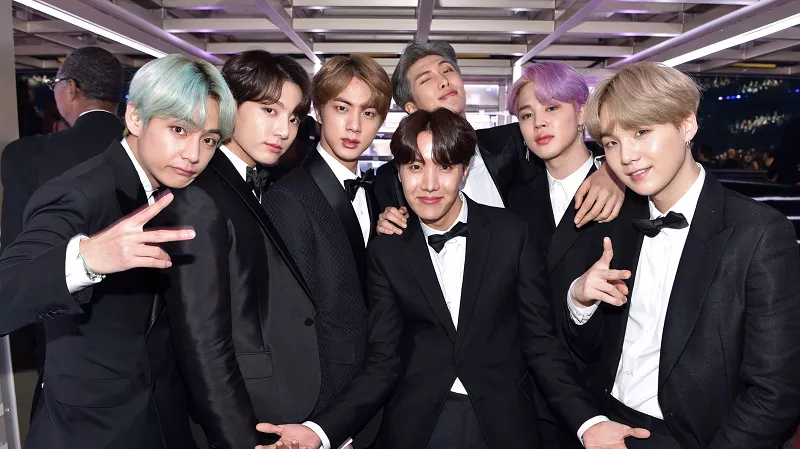Indonesia, a country known for its rich cultural diversity and breathtaking landscapes, boasts a music scene as diverse and colorful as its people. Among the myriad genres that thrive within its borders, Indonesian pop music, often referred to as “Indo-pop,” stands out as a vibrant and dynamic force in the country’s cultural landscape. From its humble beginnings to its current status as a global phenomenon, Indonesian pop music has captured the hearts of millions, both domestically and internationally. In this article, we delve into the essence of Indonesian pop, its evolution, characteristics, and its significance in the world of music.
Origins and Evolution
The roots of Indonesian pop music can be traced back to the early 20th century when Western influences began to permeate the archipelago. The Dutch colonial era introduced Indonesians to Western musical styles, such as jazz, pop, and rock, laying the groundwork for the fusion of local sounds with international genres.
However, it was not until the 1970s that Indonesian pop music truly began to take shape as a distinct genre. Artists like Chrisye, Koes Plus, and Ebiet G. Ade emerged during this period, blending traditional Indonesian melodies with modern instrumentation and lyrical themes. These pioneers laid the foundation for what would become known as “pop Indonesia.”
Throughout the following decades, Indonesian pop continued to evolve, incorporating elements from various musical traditions, including dangdut, a genre characterized by its strong rhythmic patterns and Arabic influences, as well as regional folk music from across the archipelago. This fusion of styles created a uniquely Indonesian sound that resonated with audiences across the nation.
Characteristics of Indonesian Pop
Indonesian pop music is characterized by its catchy melodies, infectious rhythms, and heartfelt lyrics. Artists often draw inspiration from everyday life, love, and social issues, reflecting the diverse experiences of the Indonesian people. The use of traditional instruments, such as the gamelan and angklung, alongside modern synthesizers and electric guitars, adds depth and complexity to the music, creating a rich sonic tapestry that is uniquely Indonesian.
One of the defining features of Indonesian pop is its diversity. While the genre is rooted in mainstream pop conventions, it encompasses a wide range of styles and influences, from upbeat dance anthems to soulful ballads and everything in between. This eclecticism reflects Indonesia’s multicultural society, where people of different ethnicities, languages, and religious beliefs coexist harmoniously.
Another characteristic of Indonesian pop is its emphasis on visual storytelling. Music videos play a crucial role in promoting songs and artists, often featuring elaborate choreography, stunning cinematography, and intricate set designs. These videos not only complement the music but also serve as a platform for artistic expression, showcasing Indonesia’s vibrant culture and creativity to the world.
Global Impact
In recent years, Indonesian pop music has gained traction on the global stage, thanks in part to the rise of digital platforms and social media. Artists like Agnez Mo, Raisa, and Andmesh Kamaleng have amassed large international followings, earning acclaim for their catchy tunes and captivating performances. Collaborations with international artists and producers have further boosted the genre’s visibility, introducing Indonesian pop to new audiences around the world.
Furthermore, Indonesian pop music has become a source of national pride, promoting Indonesian culture and identity on the global stage. Through their music, artists convey the values, traditions, and aspirations of the Indonesian people, fostering a sense of unity and solidarity across diverse communities.
Challenges and Opportunities
Despite its growing popularity, Indonesian pop music faces its share of challenges. The industry is highly competitive, with countless aspiring artists vying for recognition in a crowded market. Limited access to resources and infrastructure, such as recording studios and music distribution networks, can also hinder the development of emerging talent.
However, these challenges are accompanied by opportunities for growth and innovation. The rise of independent labels and online streaming platforms has democratized the music industry, allowing artists to reach audiences directly and bypass traditional gatekeepers. Social media has also emerged as a powerful tool for self-promotion and audience engagement, enabling artists to build fan bases and cultivate communities around their music.
Moreover, the global demand for diverse and authentic cultural experiences presents an opportunity for Indonesian pop music to shine on the international stage. By embracing innovation, collaboration, and artistic integrity, Indonesian artists can continue to captivate audiences worldwide while staying true to their roots.
See Also: Characteristics of Pop Music
Conclusion
Indonesian pop music occupies a unique position within the global music landscape, blending traditional sounds with contemporary influences to create a sound that is distinctly Indonesian. From its humble beginnings to its current status as a global phenomenon, Indonesian pop has captivated audiences with its catchy melodies, heartfelt lyrics, and vibrant energy.
As the music industry continues to evolve, Indonesian pop remains a dynamic and resilient force, driven by the creativity and passion of its artists. With its diverse styles, rich cultural heritage, and unwavering spirit, Indonesian pop music is poised to inspire and entertain audiences around the world for generations to come.

